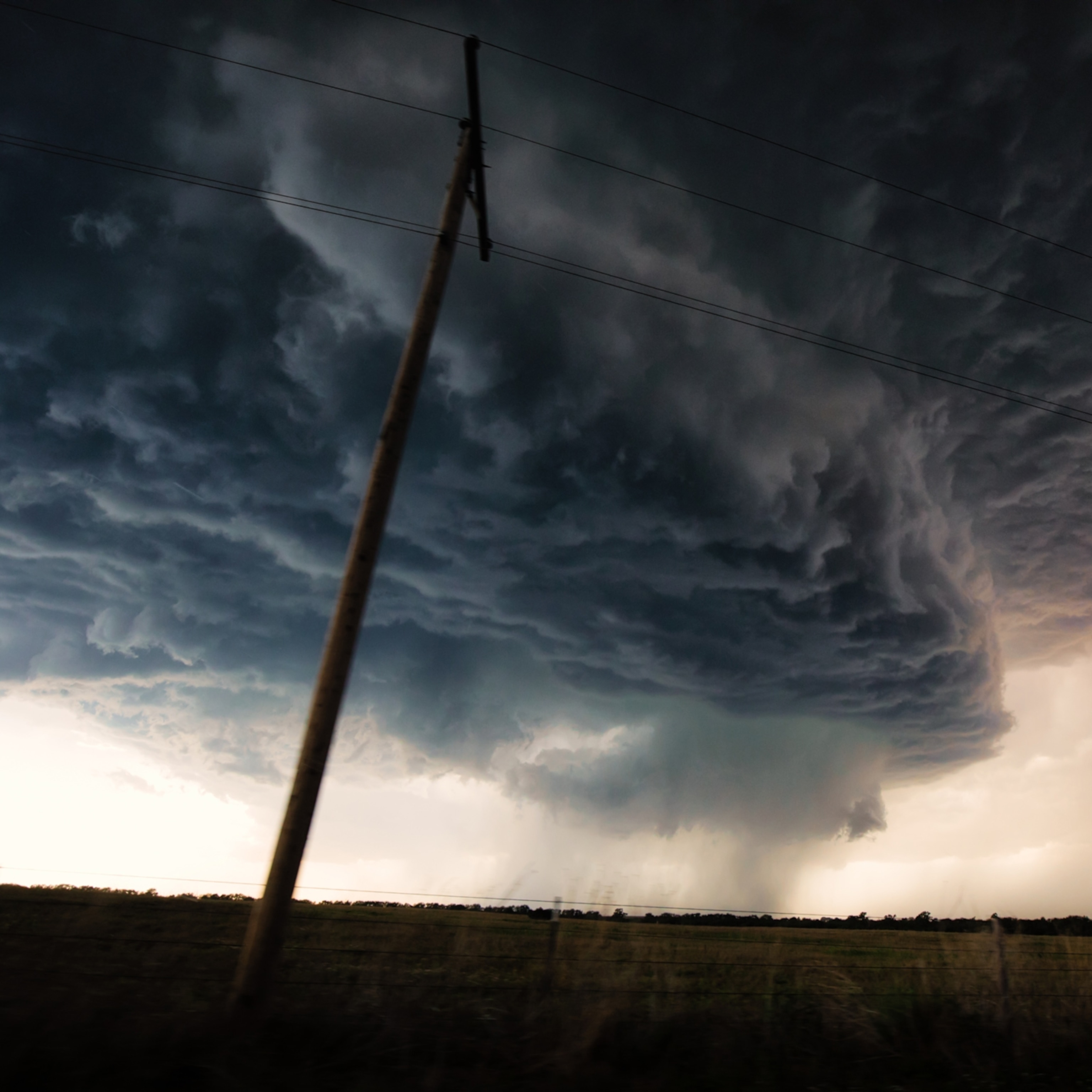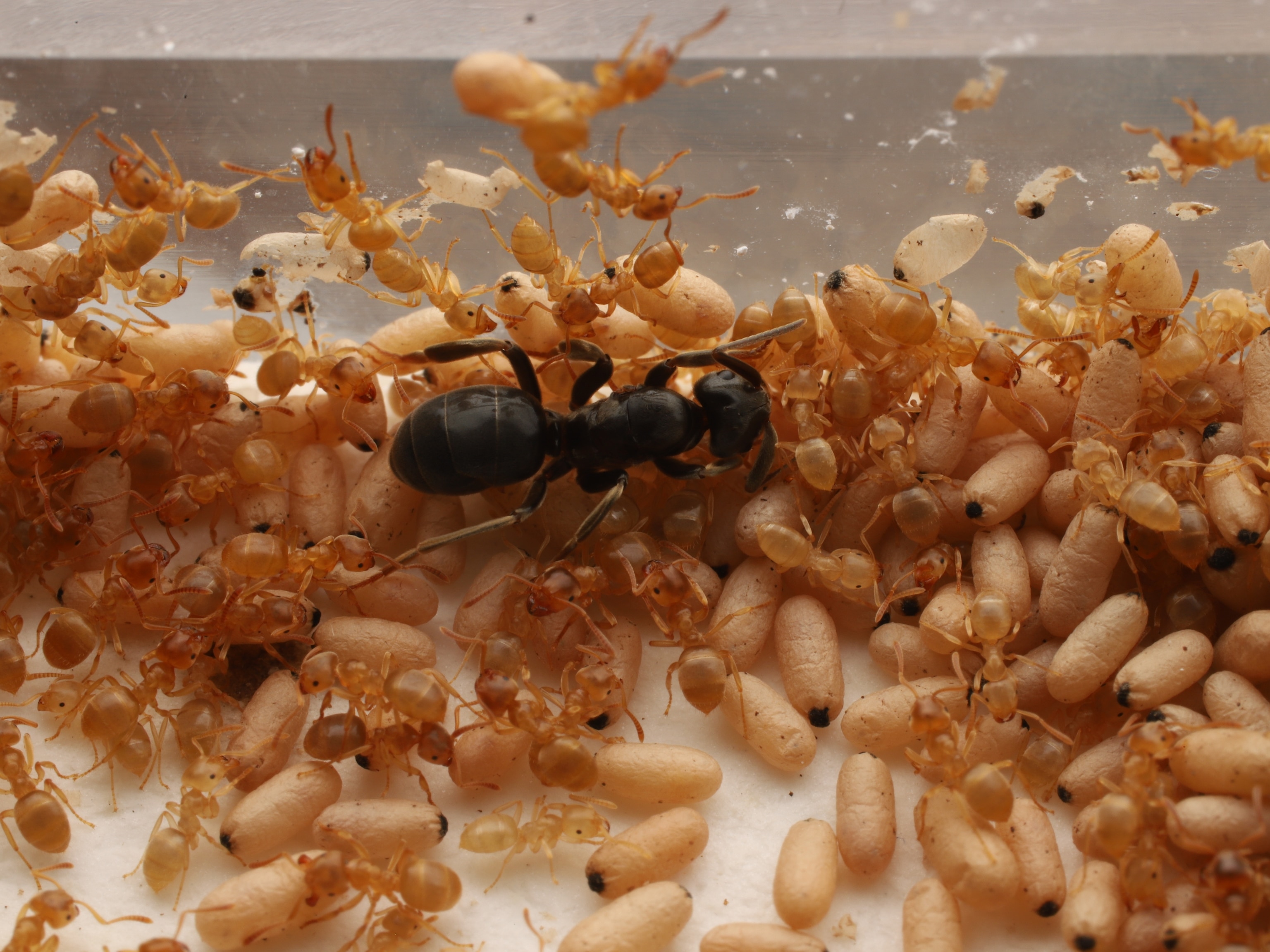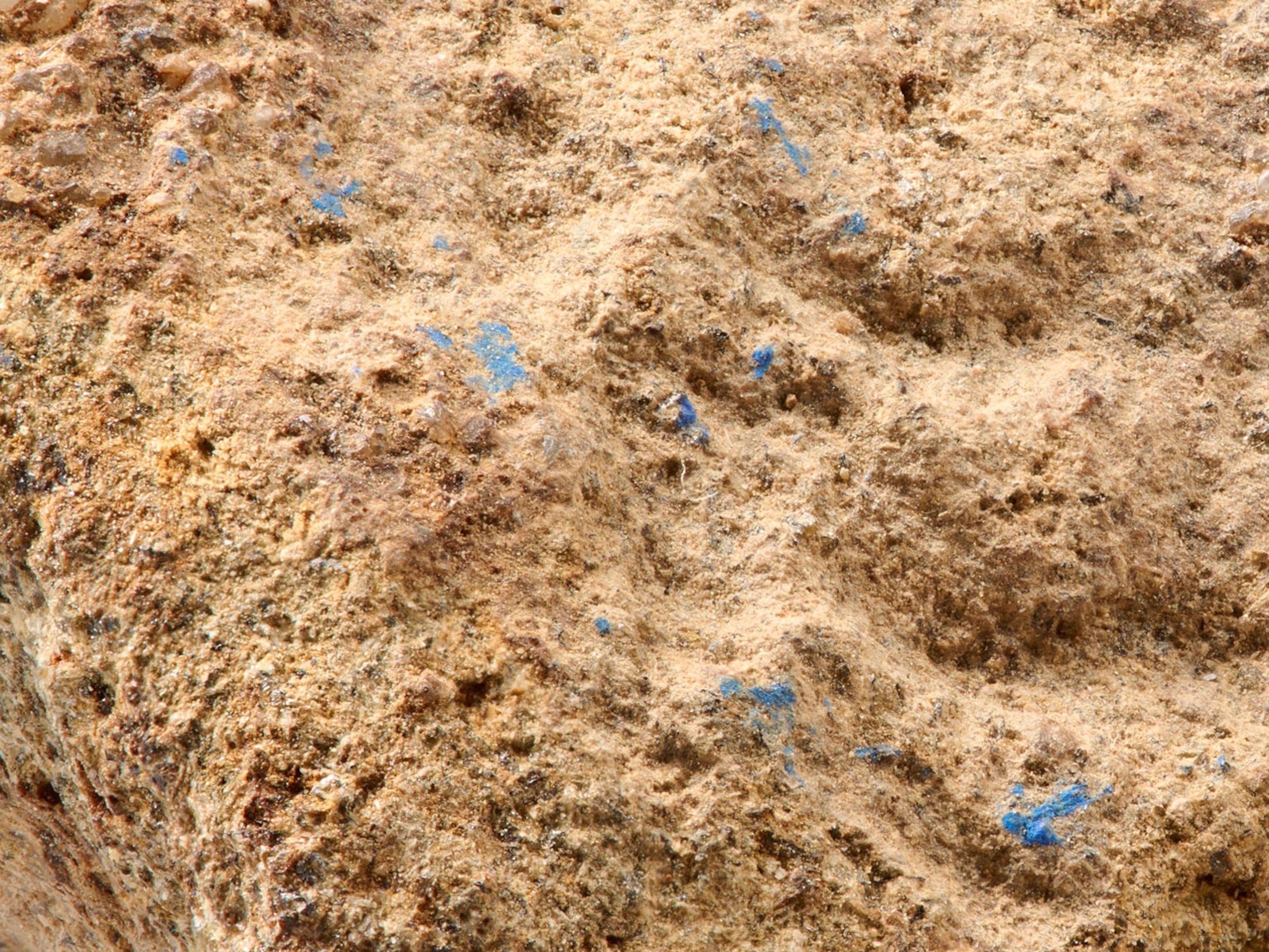
Dig in! This nature reserve wants you to make a mess
Visitors to Oklahoma’s Salt Plains National Wildlife Refuge help the environment—by hunting for unique crystals.
“Leave no trace” is the rallying cry of park rangers everywhere. But at Salt Plains National Wildlife Refuge a more fitting slogan might be “leave big holes.”
Every year from April 1 to October 15, visitors set out across this 11,000-acre landscape in Jet, Oklahoma, to dig up selenite crystals containing distinctive inclusions found nowhere else in the world.
“It was a bit like violating the natural space,” says first-time digger Sarah Hileman, who came to the plains in search of an uncrowded place to visit due to the pandemic. “But once we started exploring and looking for crystals, a new energy took over. The focus was on the search.”

Selenite hunters like Hileman are actually doing a good thing. The dig sites they create provide essential room and board for hundreds of thousands of migrating shorebirds that stop here, such as snowy plovers and interior least terns. They build nests on top of the mounds of dirt and feast on the brine flies that hatch in the water-filled craters before continuing on their way.
The crystals form when gypsum in the soil mixes with the salty ground water. As they grow, the crystals trap sand and clay and sometimes sticks, rocks, and bones. These materials help create the hourglass-shaped inclusions inside the crystal as it grows outward from the center, explains Beth Ullenberg of the U.S. Fish & Wildlife Service.
Salt isn’t just a key ingredient in the development of crystals. The mineral has always played an important role in these lands, long before the area became a designated reserve for feathered creatures.
A mountain made of salt?
The Great Salt Plains were created millions of years ago by the repeated flooding of the shallow sea that once covered Oklahoma. When the ocean receded for good, it left behind a thick crust of salt. Saline-rich groundwater still flows beneath the plains, replenishing the surface during annual floods.
These salt flats were a busy crossroads for Native American tribes, including the Osage, the Kiowa, and the Wichita. Not only did the area provide the salt they needed to preserve meat, it was also an important hunting ground that attracted bison, deer, and elk.
For early Americans far away on the East Coast, the salt flats took on a mythical status. In an 1803 letter to Congress, President Thomas Jefferson attempted to justify the Louisiana Purchase by promising it contained “a salt mountain … 180 miles long and 45 in width.” Federalist newspapers had a field day with Jefferson’s pronouncement, suggesting “an immense lake of molasses” could be nearby.
(Related: In rural Oklahoma, an Osage photographer creates portraits of resilience.)
Jefferson had confused the plain with a mountain, and it would take another decade before the government located the cache. That happened in 1811, when an Osage named Sans Orielle led an expedition of white explorers to the area. Among the caravan was government agent George C. Sibley, who described the plains “glistening like a brilliant field of snow in the Summer sun” and named it the “Grand Saline.” Soon after, settlers pushed into Kansas and Texas, making regular trips to fill their wagons with the stuff.
From birds to bombs
During the latter half of the 19th century, industrial advancements made locating and mining salt deposits simpler, democratizing access to the mineral and greatly reducing its price. In time, attention in Oklahoma turned from the salt to the birds.
By the time Congress designated the salt flats a national wildlife refuge in 1930, it had already passed a number of acts to protect migratory birds, whose populations had been decimated in recent years for sport and fashion.
In addition to the flats, the refuge includes a mishmash of habitats—marsh, prairie, forest—that make the area ideal for a staggering variety of species. Today, nearly half a million birds arrive during spring and fall migrations, including the critically endangered whooping crane. Ralston Island, which rises from the center of the refuge’s Great Salt Plains Lake, is the largest heron rookery in Oklahoma, hosting some 30,000 birds a year.
During World War II, bombs drowned out birdsong. The United Army Air Corps used the area as a bombing and gunnery range from 1942 to 1946. Bombers arrived from surrounding states for target practice while soldiers on the ground learned, among other things, to sniff out potential chemical agents. A non-fatal amount of each chemical was packaged in a vial, which were distributed in Chemical Agent Identification Sets (CAIS).
(Related: This wildlife refuge comes with rockets.)
In 2007, the refuge was closed after a Boy Scout dug up a CAIS vial filled with decades-old mustard gas. The Army Corps of Engineers spent two years inspecting the area, turning up another 170 vials before sounding the all clear. Tests are still conducted every five years.
A cache of crystals
Today, wildlife and crystals draw visitors to this out-of-the-way landmark. “We’re a destination refuge,” says Ullenberg. “That means 80 percent of our visitors travel out here specifically to visit the refuge.” She says attendance is up 150 percent this year, likely due to the pandemic.
(Related: Surging tourism is straining this Yellowstone gateway town.)
The plains had long been on Hileman’s bucket list, but until this year the 31-year-old doctoral student had never made the two-hour drive from her home in Stillwater. For her, the refuge offered everything she and her partner were looking for—a chance to get out of the house, room to spread out, and a heady dose of beauty. “This trip was a lot safer than even walking around the local lake,” she says.
People have always dug for crystals in the plains, says Colby Wyatt, an administrative officer. But in the 1970s, refuge officials designated a dig site and set parameters, such as weight limits, and prohibited the selling of crystals.
These days, hardcore hunters bring garden spades and sun tents. Most of the crystals they find are known as single blades, but there are other shapes and combinations with names like penetration twins and clusters. Some grow up to seven inches long and can weigh as much as 38 pounds.
Hileman forgot her tools but made do with a hammer to dig and a small cooler to carry the loot. “We mostly scavenged the holes from other diggers,” she says.
But the best souvenir may be the memories. “It was a surreal experience,” she says. “We definitely want to go back—with proper equipment next time!”

















